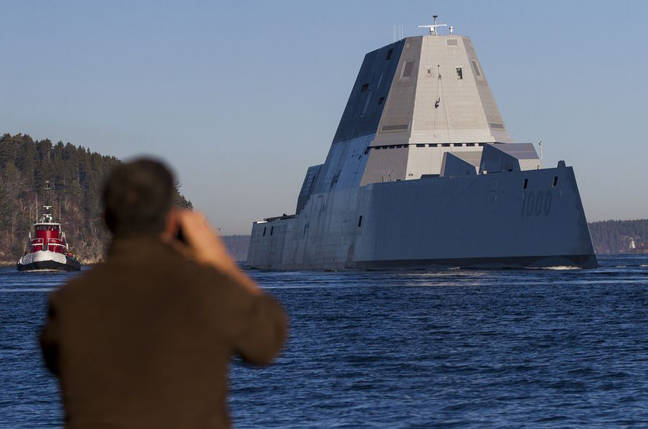TisILeclerc wrote: You could walk up Calton Hill at the end of Princes Street and look at the ley lines. (etc)...
We looked at them. They looked like tram lines. We followed them to St.Andrews Square, then diverted ourselves to George Street and supped in the Hard Rock Cafe. I'd like to claim that Hard Rock had megalithic meaning, but...
M'Lady sniffed suspiciously at the vendors of Genuine Highland Titles (and other tawdry tourist tat) on the Royal Mile, and poo-poo'd the offer of Earl of Cawdor. "Sounds too much like Mordor". Too Campbell as well, like the shortbreads on special offer (BOGOF). She didn't like the price of the trews either, let alone the full regalia. There aren't enough Burns Night in the year to make it cost-effective, and Clan Boreades gatherings in the Wiltshire area are rare events indeed. She didn't like Greyfriars Bobby, far too soppy & sentimental, and she's wondering whether there was more than one wee dug that had the job.
At the National Museum, the guide-person who guided us round a tour of Highland History was perhaps short of Highland material. Lots of the tour time was spent telling us about the likes of James IV (not a Highlander), the Lewis Chessmen (coincidentally, replicas available in the museum shops), Burke and Hare (not even Scottish), and the Arthur's Seat coffins (thankfully, no replicas in the museum shop).
M'Lady also tutted at the damp and peeling menus on display at the The Elephant House, famed as the birthplace of Harry Potter (volume one) by JK Rowling. So that location has lost a chance of greater fame as a birthplace of one of the Boreades' Volumes.
Apart from all that, we had a very nice time, and we enjoyed Edinburgh, despite the drecht weather!
Inchkeith, visible from Edinburgh, has potential as a megalithic island, despite the Rough Wooing.
https://en.wikipedia.org/wiki/Inchkeith


